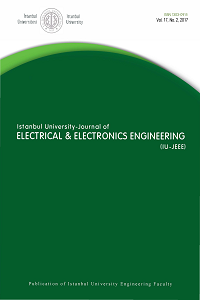Abstract
Parkinson disease occurs when certain clusters
of brain cells are unable to generate dopamine which is needed to regulate the
number of the motor and non-motor activity of the human body. Besides,
contributing to speech, visual, movement, urinary problems, Parkinson disease
also increases the risks of depression, anxiety, and panic attacks,
disturbances of sleep. Parkinson disease diagnosis via proper interpretation of
the vocal and speech data is an important classification problem. In this
paper, a Parkinson disease diagnosis is realized by using the speech
impairments, which is one of the earliest indicator for Parkinson disease. For
this purpose, a deep neural network classifier, which contains a stacked
autoencoder and a softmax classifier, is proposed. The several simulations are
performed over two databases to demonstrate the effectiveness of the deep
neural network classifier. The results of the proposed classifier are compared
with the results of the state-of-art classification method. The experimental
results and statistical analyses are showed that the deep neural network
classifier is very efficient classifier for Parkinson disease diagnosis.
References
- D. G. Standaert, M. H. Saint-Hilaire, C. A. Thomas "Parkinson’s Disease Handbook", American Parkinson Disease Association, New York, USA, 2015.
- J. Jankovic, "Parkinson’s disease: clinical features and diagnosis", Journal of Neurology, Neurosurgery & Psychiatry, vol. 79, no. 4, pp. 368-376, 2008.
Abstract
References
- D. G. Standaert, M. H. Saint-Hilaire, C. A. Thomas "Parkinson’s Disease Handbook", American Parkinson Disease Association, New York, USA, 2015.
- J. Jankovic, "Parkinson’s disease: clinical features and diagnosis", Journal of Neurology, Neurosurgery & Psychiatry, vol. 79, no. 4, pp. 368-376, 2008.
Details
| Subjects | Engineering |
|---|---|
| Journal Section | Articles |
| Authors | |
| Publication Date | July 27, 2017 |
| Published in Issue | Year 2017 Volume: 17 Issue: 2 |


